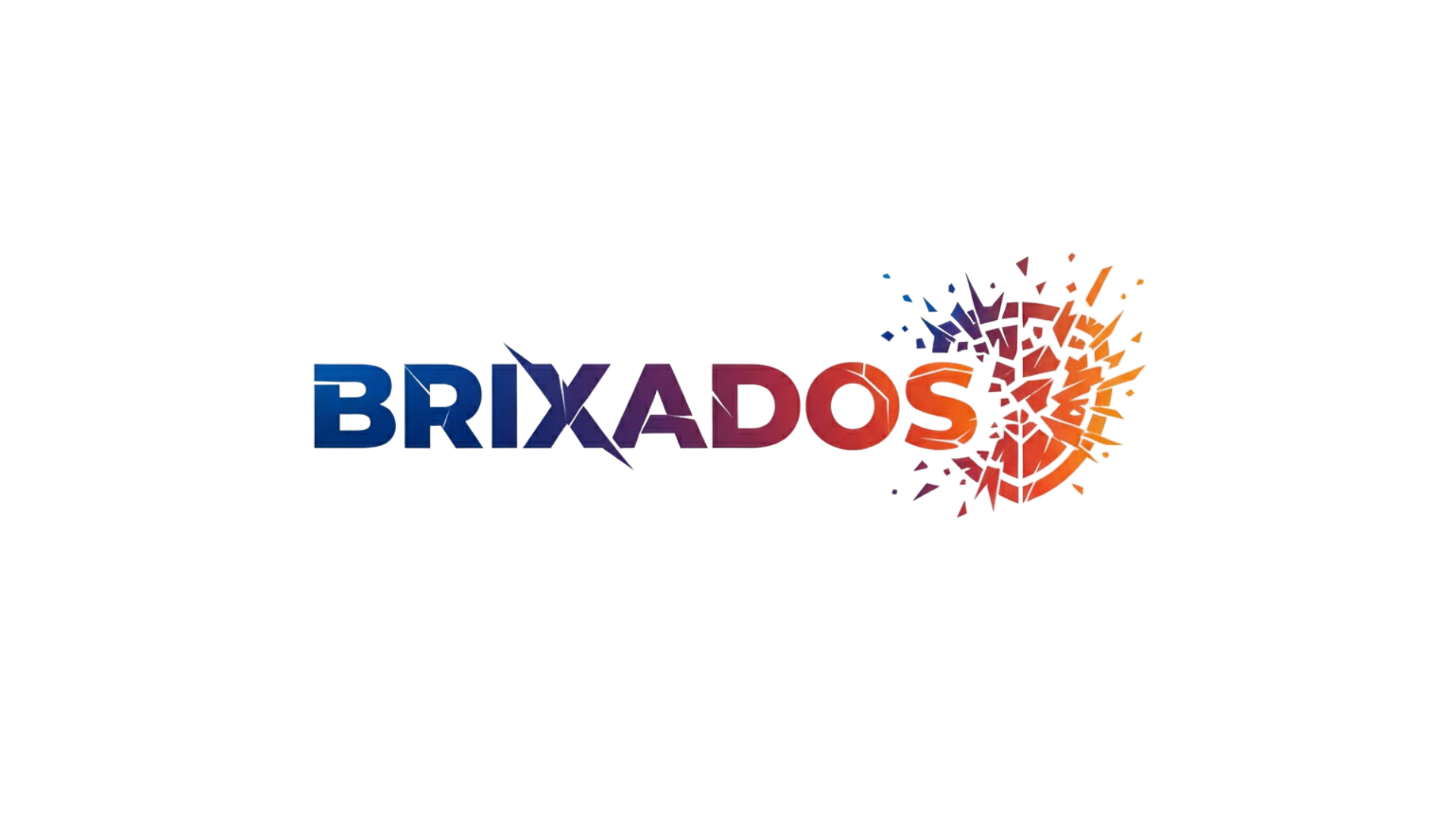Dreams have fascinated humanity for millennia, offering a mysterious portal into the depths of our unconscious mind and revealing hidden truths about ourselves.
Carl Jung, the renowned Swiss psychiatrist and psychoanalyst, revolutionized our understanding of dreams by developing a comprehensive framework for dream analysis that continues to transform lives today. Unlike his predecessor Sigmund Freud, Jung viewed dreams not merely as disguised wishes but as valuable messengers from our unconscious, carrying symbolic wisdom that can guide us toward wholeness and self-realization.
In our modern world filled with distractions and external noise, we’ve become increasingly disconnected from our inner landscape. Jungian dream analysis offers a powerful pathway back to ourselves, providing insights that catalyze profound personal growth and authentic self-discovery. This therapeutic approach recognizes that within each dream lies a treasure trove of psychological material waiting to be understood and integrated into conscious awareness.
🌙 The Foundation of Jungian Dream Theory
Jung’s approach to dreams differs fundamentally from other psychological perspectives. He believed that dreams serve a compensatory function, balancing our conscious attitudes and providing perspectives we might be neglecting in waking life. Rather than concealing truths, dreams reveal them through the language of symbols and archetypes.
The unconscious mind, according to Jung, consists of two layers: the personal unconscious and the collective unconscious. The personal unconscious contains forgotten memories, repressed experiences, and undeveloped aspects of our personality. The collective unconscious, however, houses universal patterns of human experience—archetypes that transcend individual experience and connect us to the broader human condition.
Dreams draw from both these levels, weaving personal material with archetypal themes to create narratives that speak directly to our soul’s needs. This is why certain dream images—the wise old man, the shadow figure, the divine child—appear across cultures and throughout history with remarkable consistency.
Understanding the Language of Symbols
Dreams don’t communicate in logical, linear language. Instead, they speak in symbols, metaphors, and emotional tones. A house in a dream rarely represents just a physical structure; it typically symbolizes the self or the psyche, with different rooms representing various aspects of consciousness or personality.
Water frequently appears in dreams as a symbol of the unconscious itself—calm waters might suggest emotional equilibrium, while turbulent seas could indicate psychological turmoil. Animals often represent instinctual energies or qualities we’ve projected onto those creatures. A snake might symbolize transformation and healing, while a bird could represent spiritual aspirations or freedom.
The key to Jungian dream analysis is that symbols aren’t fixed; their meaning depends on the dreamer’s personal associations and current life context. This individualized approach respects the unique psychological makeup of each person rather than applying universal dream dictionaries.
🧭 The Process of Jungian Dream Analysis
Engaging with dreams through a Jungian lens involves several important steps that transform abstract nighttime imagery into practical psychological insights. This process requires patience, curiosity, and a willingness to sit with ambiguity while deeper meanings gradually emerge.
Recording and Remembering Your Dreams
The first step in dream work is cultivating dream recall. Many people claim they don’t dream, but neuroscience confirms that everyone dreams multiple times each night during REM sleep. The issue is typically one of memory rather than absence of dreams.
To improve dream recall, keep a journal beside your bed and record dreams immediately upon waking—even fragments or emotional impressions count. The act of writing signals to your unconscious that you’re paying attention, which often leads to improved recall over time. Note not just the narrative content but also emotions, colors, and any details that stand out, no matter how trivial they seem.
Amplification: Exploring Symbolic Meanings
Amplification is a distinctly Jungian technique that involves exploring the multiple layers of meaning within dream symbols. This process connects personal associations with mythological, cultural, and archetypal parallels to deepen understanding.
For instance, if you dream of a labyrinth, you might first explore your personal associations—have you recently felt lost or confused? Then amplify by considering the broader mythological context: the labyrinth of Greek mythology contained the Minotaur, representing confrontation with one’s shadow side at the center of a complex psychological journey.
Active Imagination and Dream Integration
Jung developed the technique of active imagination as a way to continue dialogue with dream figures and symbols after waking. This involves entering a meditative state and imaginatively re-engaging with dream elements, allowing them to unfold further and reveal additional insights.
You might return to a dream scene and ask a mysterious dream figure what message they have for you, or you might imagine yourself completing an interrupted dream action. This process helps integrate unconscious material into consciousness, facilitating the individuation process—Jung’s term for becoming your authentic self.
💎 Key Archetypes in Jungian Dream Work
Certain archetypal figures appear repeatedly in dreams across cultures and individuals. Recognizing these universal patterns can accelerate the interpretation process and reveal profound psychological truths.
The Shadow: Meeting Your Dark Side
Perhaps the most important archetype in personal growth work is the Shadow—the repository of qualities, impulses, and potentials we’ve rejected or denied in ourselves. The Shadow often appears in dreams as a threatening or disliked figure of the same gender as the dreamer.
Rather than representing genuine danger, Shadow figures invite integration. The qualities you find most disturbing in these dream characters often reflect disowned aspects of yourself that, when consciously acknowledged and integrated, become sources of creativity and vitality. Confronting your Shadow is uncomfortable but essential for psychological wholeness.
The Anima and Animus: Inner Opposites
Jung identified the Anima as the feminine aspect within men and the Animus as the masculine aspect within women. These contrasexual archetypes appear in dreams as fascinating, sometimes troubling figures of the opposite gender who embody qualities the dreamer needs to develop.
For men, the Anima often appears as a compelling woman who might be nurturing, seductive, or mysterious, representing the dreamer’s relationship with emotions, intuition, and relational capacity. For women, the Animus might manifest as an authoritative male figure, representing assertiveness, rationality, or spiritual conviction.
Healthy development requires conscious relationship with these inner opposites, allowing them to inform and balance conscious attitudes rather than remaining unconscious and projected onto others.
The Self: Symbol of Wholeness
The Self archetype represents the totality of the psyche—both conscious and unconscious—and appears in dreams as mandala-like symbols, divine figures, or images suggesting completeness and integration. Dreams featuring the Self often carry numinous quality, leaving the dreamer with a sense of profound meaning.
These dreams typically emerge during significant life transitions or when the individuation process is advancing. They provide orientation and encouragement, reminding us of the larger pattern of psychological development unfolding within us.
🌟 Practical Benefits of Dream Analysis for Personal Growth
Engaging seriously with dream analysis through a Jungian lens offers concrete benefits that extend throughout waking life, enhancing self-awareness, relationships, creativity, and overall psychological well-being.
Enhanced Self-Knowledge and Emotional Intelligence
Dreams reveal aspects of ourselves that remain hidden from conscious awareness. Through regular dream work, you develop a more nuanced understanding of your motivations, fears, desires, and patterns. This enhanced self-knowledge translates directly into improved emotional intelligence.
You become better able to recognize and regulate your emotions, understand the emotions of others, and navigate complex interpersonal situations with greater skill. Dreams often show you how you actually feel about situations, as opposed to how you think you should feel, closing the gap between conscious persona and authentic experience.
Resolution of Internal Conflicts
Dreams naturally bring internal conflicts to awareness, presenting them in symbolic form that allows for creative resolution. You might dream of two characters arguing, representing opposing values or desires within yourself. By working with these dream figures, you can find ways to honor both sides rather than forcing premature resolution.
This process reduces the psychological tension that comes from inner fragmentation and promotes greater integration. When various aspects of yourself can coexist consciously, you experience increased energy, creativity, and psychological freedom.
Creative Problem-Solving and Insight
The unconscious mind works on problems differently than the conscious mind, making lateral connections and accessing information outside logical awareness. Many creative breakthroughs—in art, science, and personal life—have emerged from dreams.
When you cultivate a relationship with your dreams, you gain access to this creative problem-solving capacity. You might incubate a dream by focusing on a question before sleep, asking your unconscious for guidance. The resulting dreams often provide unexpected perspectives or solutions that eluded conscious effort.
🔍 Common Dream Themes and Their Psychological Significance
While dream symbols must always be interpreted in individual context, certain themes appear frequently across dreamers and carry recognizable psychological significance worth exploring.
Flying Dreams: Freedom and Perspective
Dreams of flying typically indicate a shift in perspective or a sense of liberation from previous constraints. They often emerge during periods when you’re successfully transcending old limitations or gaining broader understanding of life circumstances. The ease or difficulty of flight in the dream reflects your relationship with this newfound freedom.
Falling Dreams: Loss of Control and Security
Falling dreams commonly arise during times of instability or when you feel overwhelmed by circumstances beyond your control. They might indicate anxiety about failure or loss of status. However, in some cases, falling can represent letting go of rigid control and learning to trust the process of life.
Being Chased: Avoiding Shadow Material
Chase dreams typically suggest that you’re avoiding confrontation with some aspect of yourself or your life situation. The nature of the pursuer offers clues about what’s being avoided. These dreams often decrease when you turn and face the threatening figure, either in the dream itself or through waking reflection on what it represents.
Death and Rebirth: Transformation and Transitions
Death in dreams rarely predicts literal death. Instead, it symbolizes psychological death—the ending of old patterns, identities, or life chapters. These dreams, while sometimes unsettling, are actually positive indicators that transformation is occurring. They frequently appear during major life transitions like career changes, relationship endings, or shifts in worldview.
🛠️ Tools and Techniques for Deeper Dream Work
Beyond basic dream journaling, several specialized techniques can deepen your engagement with dreams and accelerate the process of self-discovery.
The Series Approach: Tracking Themes Over Time
Individual dreams can be puzzling, but when you review dreams over weeks or months, patterns emerge with striking clarity. You might notice recurring symbols, emotional themes, or progressive developments in dream narratives that reveal the arc of your psychological process.
Periodically review your dream journal, looking for these patterns. Create categories or tags for common themes. This longitudinal perspective provides invaluable insight into your psychological development and the consistent messages your unconscious is trying to convey.
Dream Sharing in Therapeutic Settings
While personal dream work is valuable, sharing dreams with a trained Jungian analyst or therapist multiplies the interpretive possibilities. A skilled therapist can notice connections you miss, ask questions that open new perspectives, and provide archetypal context that deepens understanding.
The therapeutic relationship itself provides a container for exploring difficult dream material safely. Some dreams carry powerful emotional content or confront us with uncomfortable truths that are easier to process with professional support.
Artistic Expression of Dream Content
Creating art based on dreams—through drawing, painting, sculpture, or creative writing—engages the unconscious in its own symbolic language. This process often reveals dimensions of the dream that remain hidden through verbal analysis alone.
You don’t need artistic skill; the process matters more than the product. Simple sketches, collages, or poems based on dream imagery help integrate unconscious material and continue the dialogue between conscious and unconscious minds.
🌈 Integrating Dream Insights into Daily Life
The ultimate purpose of dream analysis isn’t intellectual understanding but lived transformation. Dream insights must be integrated into daily behavior and choices to fulfill their potential for personal growth.
When a dream reveals an aspect of your Shadow—perhaps highlighting judgmental tendencies you’ve denied—the work becomes catching yourself in those moments and choosing different responses. If dreams suggest you’re neglecting creative impulses, integration means making space for creative activity in your schedule.
This bridge between dream insight and waking action is where genuine change occurs. Dreams provide the map, but you must walk the territory. Set concrete intentions based on dream insights, and notice how your dreams respond to the changes you make. This creates a feedback loop that accelerates psychological development.
🎯 Beginning Your Dream Analysis Journey
Starting a serious dream practice requires commitment but doesn’t demand perfection. Begin with these foundational steps and trust that the process will deepen naturally over time.
First, establish the habit of recording dreams immediately upon waking, even if you only capture fragments or feelings. Keep your journal accessible and write without censoring or dismissing anything as too strange or trivial.
Second, spend a few minutes each day reflecting on recent dreams. Ask yourself what felt most significant, which symbols or characters carried emotional charge, and how the dream might relate to current life circumstances.
Third, educate yourself about Jungian concepts gradually. Read accessible introductions to archetypal psychology, explore mythology and fairy tales (which Jung considered collective dreams), and notice how these universal patterns appear in your personal dreams.
Finally, be patient with yourself and the process. Dream analysis is a skill that develops over time, and the unconscious reveals its wisdom at its own pace. Some dreams offer immediate clarity while others take months or years to fully understand. Trust that each engagement with your dreams contributes to the larger journey of individuation and self-discovery.

✨ The Transformative Power of Listening Within
In a culture that prioritizes external achievement and constant productivity, Jungian dream analysis offers a radical alternative—turning attention inward to the wisdom already present within your psyche. Dreams remind us that we contain multitudes, that consciousness is merely the tip of a vast psychological iceberg.
By developing a consistent practice of dream analysis, you cultivate a relationship with your unconscious that serves you throughout life. You gain access to creative resources, emotional guidance, and psychological insights that no external source can provide. This inner orientation doesn’t mean withdrawal from the world but rather engagement from a place of greater authenticity and wholeness.
The journey of dream work is ultimately the journey toward becoming who you truly are beneath societal conditioning and ego defenses. It’s challenging work that requires courage to face uncomfortable truths and humility to acknowledge how much remains unknown. Yet this journey offers rewards beyond measure: deeper self-knowledge, more authentic relationships, increased creativity, and the profound satisfaction of living in alignment with your deepest nature.
Your dreams are speaking to you every night, offering guidance, compensation, and wisdom. The question isn’t whether the messages are there but whether you’ll take the time to listen. By embracing Jungian dream analysis as a path of personal growth and self-discovery, you unlock not just your mind but your full human potential, joining the timeless human quest for meaning and wholeness that Jung so brilliantly illuminated.
Toni Santos is a myth-psychology researcher and narrative writer exploring how archetypes, symbols and human story converge to shape mind, culture and meaning. Through his studies on the collective unconscious, comparative mythology and symbolic dream interpretation, Toni examines how the myths we tell reflect the patterns we live — and how awareness of these patterns can spark transformation. Passionate about hero’s journeys, mythic motifs and dream-language, Toni focuses on how story acts as both mirror and map for inner depth and growth. His work highlights the bridges between myth, psyche and culture — guiding readers toward a deeper encounter with themselves and the stories they carry. Blending psychology, mythology and narrative theory, Toni writes about the hidden architecture of meaning — helping readers understand how symbols, stories and dreams shape experience and identity. His work is a tribute to: The power of myth to reveal the unseen structures of psyche The journey from archetype to individual lived story The art of dream-language as a path to wholeness Whether you are a storyteller, psychologist or traveller in the inner landscape, Toni Santos invites you to explore the mythic dimension of mind — one symbol, one myth, one insight at a time.




